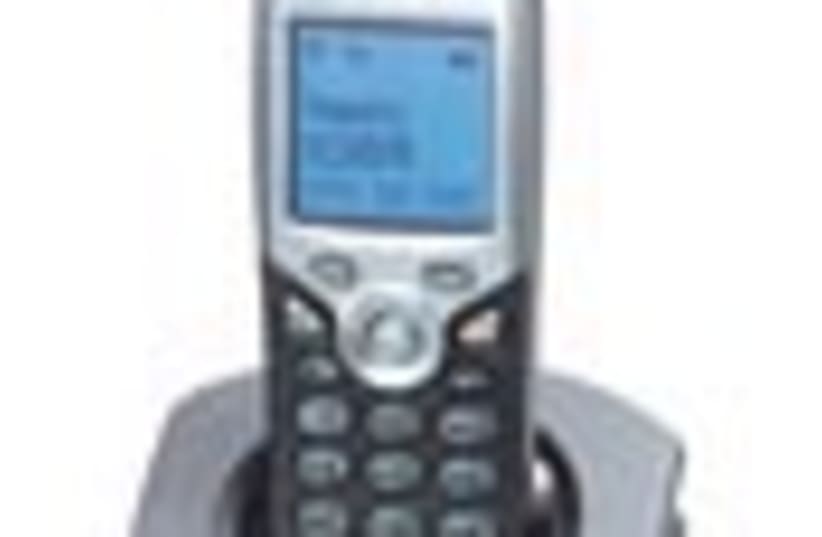| More about: | General Electric, Panasonic Corporation, Siemens, Philips |
Digital phones have got your number
Digital phones are more expensive than simple analog models, of course, but come with many more functions.


| More about: | General Electric, Panasonic Corporation, Siemens, Philips |